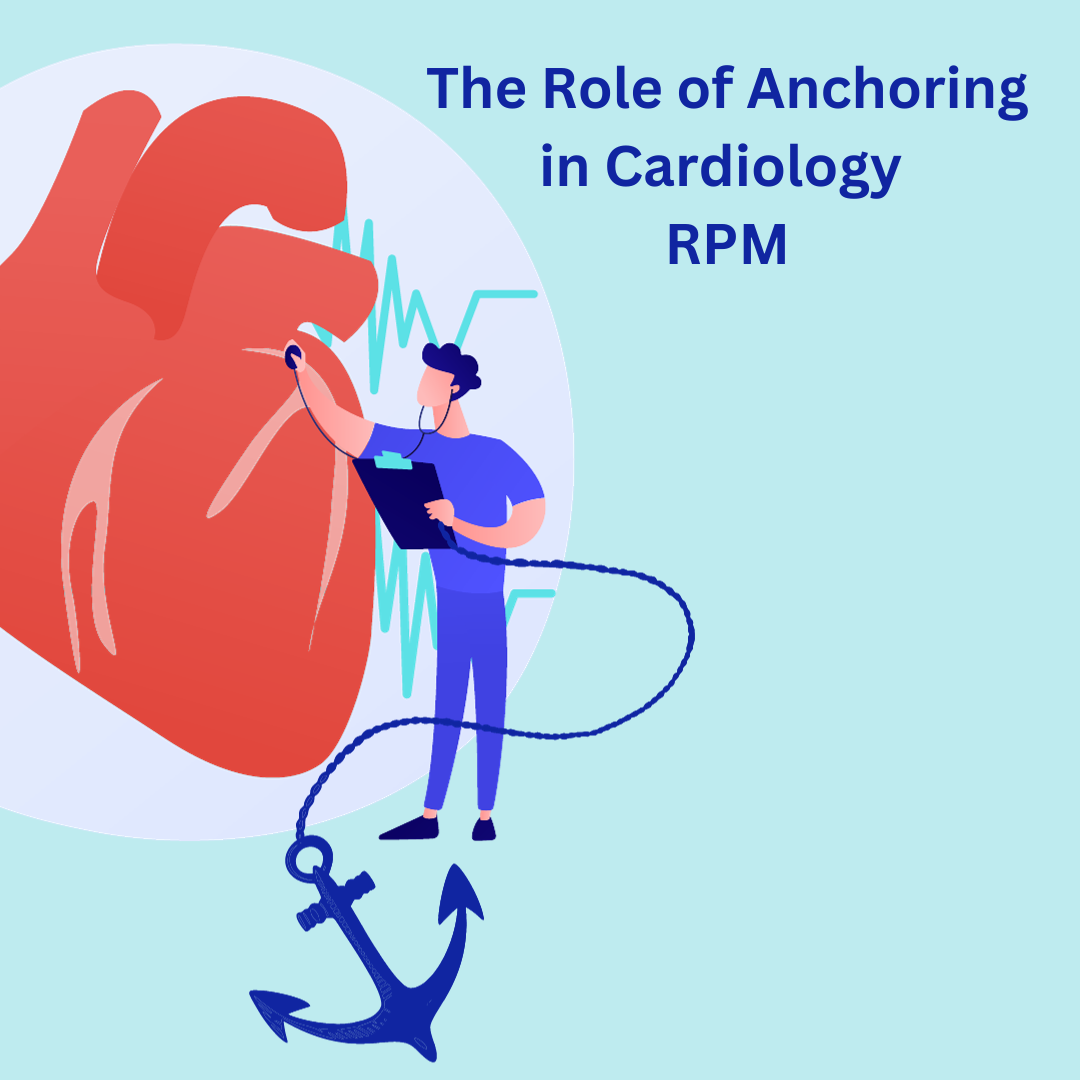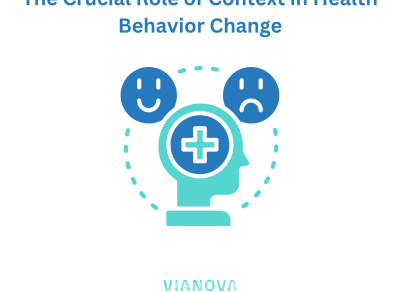
The Role of Anchoring in Cardiology RPM
When it comes to decision-making, the human mind often relies on cognitive shortcuts or biases. One such bias is anchoring, and it can have a significant impact on how patients perceive their heart health in the context of Remote Patient Monitoring (RPM). In this article, we’ll explore anchoring, its influence on patient perceptions, and strategies for providing accurate information to mitigate this cognitive bias.
Understanding Anchoring Bias
Anchoring bias occurs when individuals rely too heavily on the first piece of information they encounter when making decisions. This initial piece of information, the “anchor,” serves as a reference point that subsequent judgments are based on. Anchoring can lead to significant errors in judgment, as individuals tend to anchor on the initial information even when it’s irrelevant or misleading.
Anchoring in Heart Health
In cardiology, anchoring bias can manifest in various ways:
1. Initial Diagnosis: Patients may anchor their perception of their heart health on their initial cardiac diagnosis. This anchor can influence their beliefs and behaviors throughout their RPM journey.
2. Baseline Health Metrics: The first set of health data provided to patients through RPM can become an anchor for their subsequent assessments. If these initial metrics are not optimal, patients may develop a negative outlook on their cardiac health, which can impact their engagement and adherence.
3. Physician Opinions: Patients often anchor their trust and perception of their healthcare providers on their initial interactions. If the initial experience is positive, patients are more likely to trust the advice and guidance of their healthcare team.
Mitigating Anchoring Bias in Cardiology RPM
Given the potential impact of anchoring bias, it’s essential to provide accurate and balanced information to patients:
1. Present Comprehensive Data: RPM platforms should ensure that patients have access to a comprehensive dataset rather than just the initial readings. This allows patients to consider their heart health from a broader perspective.
2. Provide Context: Information should be presented with context. Instead of focusing solely on the initial metrics, patients should be provided with insights into how their cardiac health has evolved over time. This helps break the anchor’s influence and provides a more accurate representation of their condition.
3. Regular Check-Ins: Ongoing communication with healthcare providers is vital. Regular check-ins can help patients establish new reference points, which may be more relevant and accurate as they progress in their RPM journey.
4. Educate Patients: Educating patients about anchoring bias and its influence on decision-making can make them more aware of this cognitive shortcut. This awareness can encourage them to critically evaluate the information they receive.
5. Encourage a Holistic View: Encourage patients to consider a holistic view of their health by incorporating factors beyond RPM data, such as lifestyle changes, medication adherence, and their overall well-being.
6. Promote a Growth Mindset: Encourage patients to view their RPM journey as a dynamic process with the potential for improvement. This mindset can help them avoid becoming fixated on a negative anchor.
By providing patients with accurate information, context, and the tools to evaluate their health beyond initial anchors, RPM providers can help mitigate the influence of anchoring bias. This fosters a more balanced and informed approach to cardiac health, improving patient engagement and adherence.
In our next article, we will delve into strategies for improving medication adherence in RPM using behavioral economics principles. Stay tuned for more insights into the dynamic world of behavioral economics and cardiology.



FEEL FREE TO DROP US A LINE.